Designing for wellbeing: The future of crew spaces
As the conversation around mental health and work–life balance grows louder, it’s time to rethink how crew live at sea. From space and comfort to design and wellbeing, improving common areas is key to creating a happier, higher-performing crew.
In recent years, conversations around mental health, fatigue, and work–life balance have become far more open across the yachting industry. These are long-overdue discussions, and as an industry we’re starting to recognise that the wellbeing of crew is inseparable from the success and safety of yacht operations.
Technology has brought many advances to the way yachts are run. But while tools, systems, and communications have evolved, one thing hasn’t changed nearly enough: the spaces where crew live, rest, and connect. It’s time we rethink not only how we work at sea, but how we live there too.
The pace of change
Speak with any seasoned yacht professional and you will hear that while the tools have changed, the fundamentals of the job remain largely the same. What has shifted is the pace, and with it, the pressure. Tasks are now expected to be completed faster, with higher precision and fewer people. The result is a compression of time and energy that leaves many crew struggling to sustain balance.
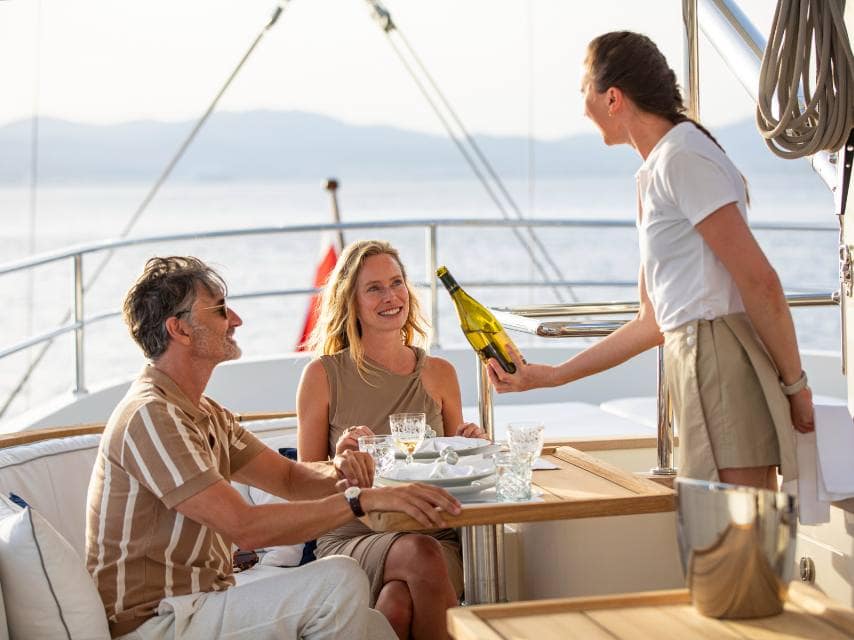
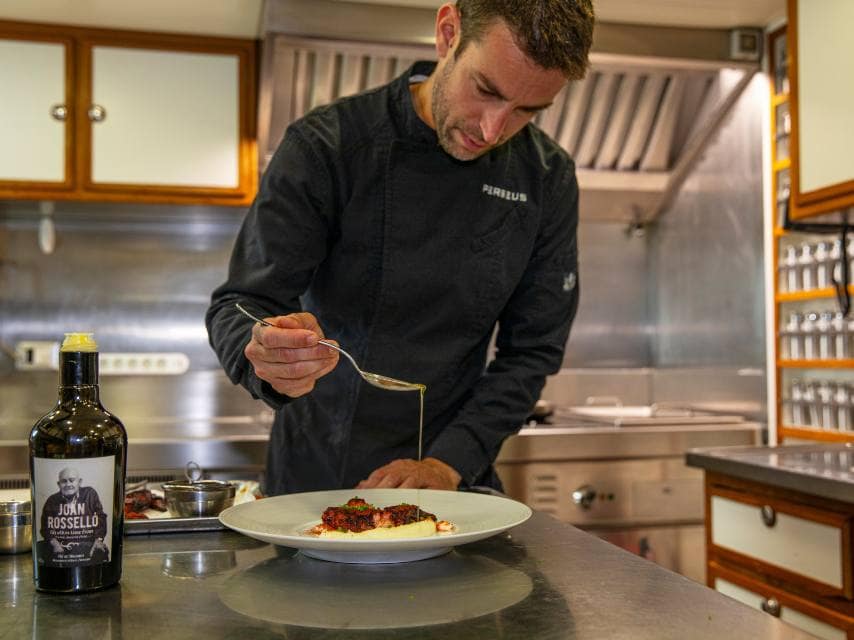
Yachting has always been an ecosystem of partnerships between owners, guests, managers, designers, shipyards, and crew. But not all of these sectors evolve at the same pace. The luxury expectations above deck often advance faster than the standards for life below deck. That disconnect has a direct impact on crew morale, retention, and ultimately on performance.
The forgotten frontier
Space is a basic human need, and yet for many crew it remains a rare commodity. On larger yachts, design innovation has transformed guest spaces into architectural works of art. But on vessels under 50 metres, and especially those under 40, crew areas have often been left behind.
The comment is often heard that yachts are designed for those “upstairs, not down below.” It is true that the guest experience will always drive a yacht’s layout, but that should not come at the expense of the people who make that experience possible. After all, it takes human energy, skill, and dedication to operate, service, and maintain these vessels to the highest standards. Comfort shouldn’t stop at the watertight door.
Imagine an office where employees are expected to work, eat, sleep, and relax all at their desks. It would be unthinkable ashore, yet at sea, this is often the reality. Crew cabins can be coffin-sized, shared, and lacking privacy; the mess doubles as both dining and social space, blurring the line between work and downtime. It is no wonder many crew feel the need to escape the boat entirely to find a moment of peace.
Off the boat, but not off duty
For decades, a common phrase among crew has been: “If you want a day off, get off the boat.” But what does “off” actually mean when your choices are limited by cost, proximity, and safety?
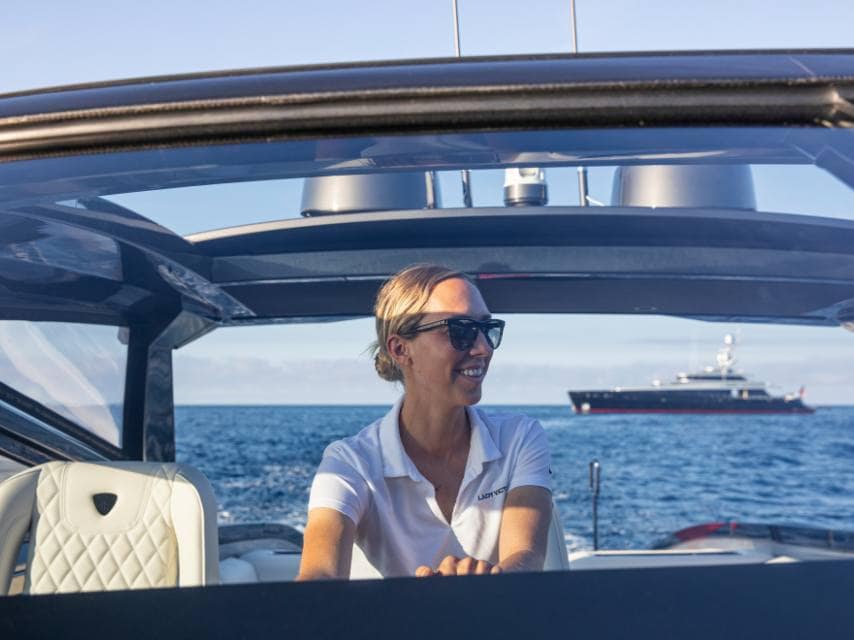
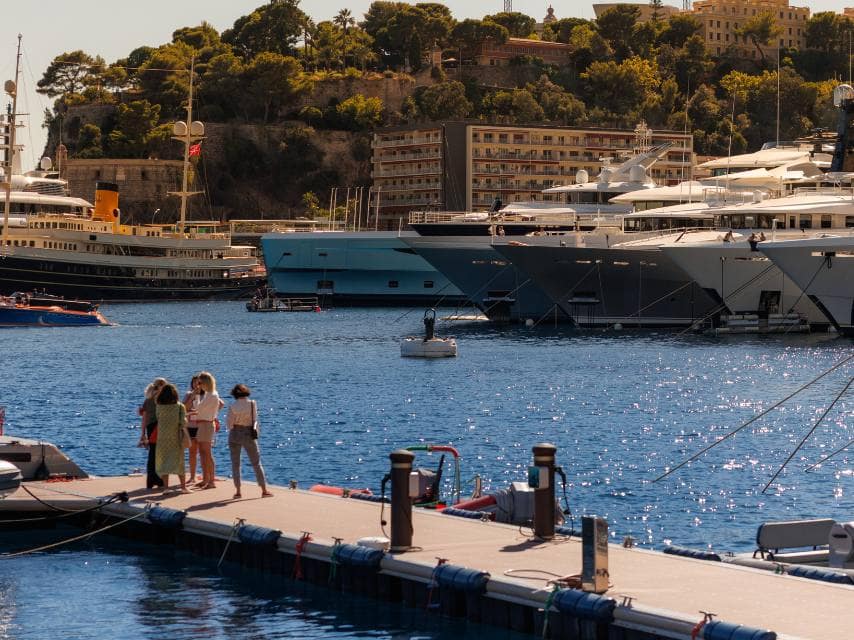
In many popular yachting hubs, options for rest and recreation are limited to restaurants and bars, places where socialising can easily slide into habits that are neither restful nor restorative. These venues have given the industry a sense of camaraderie and community, but they can also mask a deeper lack of sustainable wellbeing. It is time to broaden that picture.
The link between design and wellbeing
A growing number of voices within the industry are calling for yacht designers and owners to reconsider crew requirements and spatial priorities. The question is not only how many crew are needed to meet operational and hospitality expectations, but how those individuals can thrive while doing so.
A yacht that prioritises crew wellbeing through improved accommodation layouts, better lighting and ventilation, access to natural light, sound insulation, and thoughtful shared spaces is not only a more humane workplace but a more efficient and professional one. Crew who rest well perform better. Those who feel valued and comfortable are more likely to stay, care, and deliver exceptional service.
Designing with crew welfare in mind does not diminish luxury; it strengthens it. It reflects a holistic understanding that excellence onboard is a shared endeavour.
Working towards a new standard
If the industry is serious about tackling issues like fatigue, mental health, and retention, then the conversation must extend beyond policies and pay. It must reach into the very blueprint of how yachts are conceived and built.

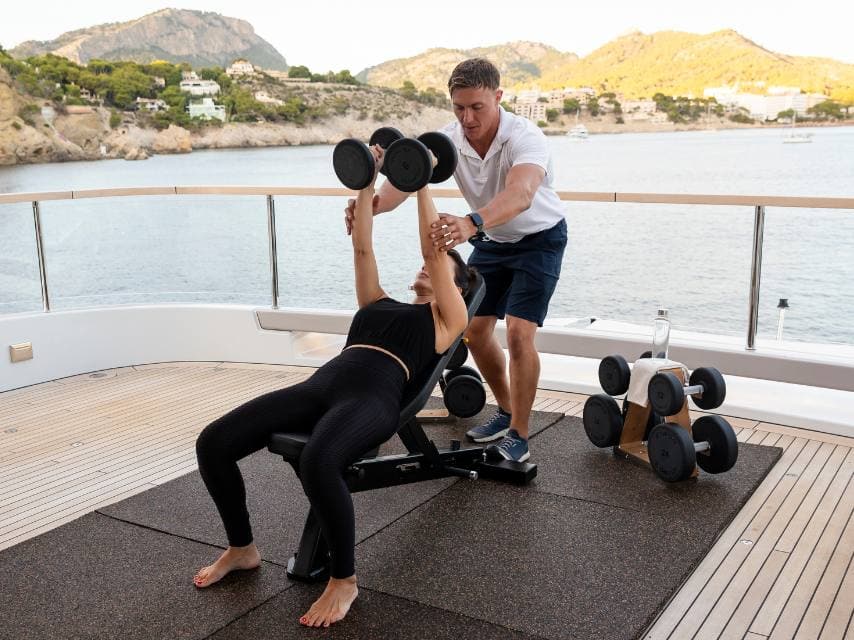
Spaces that encourage connection, recreation, and rest are not indulgences; they are essential to a sustainable working environment. Crew gyms, quiet lounges, or even multi-use rooms that can shift from meeting space to movie night can make a remarkable difference.
As an industry, we pride ourselves on delivering the best of everything to those onboard. Perhaps the next step in that pursuit is to ensure that “everyone onboard” truly means everyone.
A call to rethink
At Edmiston Yacht Management, we see first-hand the demands placed on modern crew. We also see the difference that thoughtful design and support can make. The yachts of the future will not only be smarter and more sustainable, but they must also be kinder.
Rethinking crew common areas is not a radical idea; it is a responsible one. It acknowledges that the success of every voyage depends on the wellbeing of those who make it possible. Because a healthy, happy crew doesn’t just maintain a yacht, they elevate it.
Speak to the Edmiston Yacht Management team to explore how thoughtful design and operational support can enhance life onboard.







